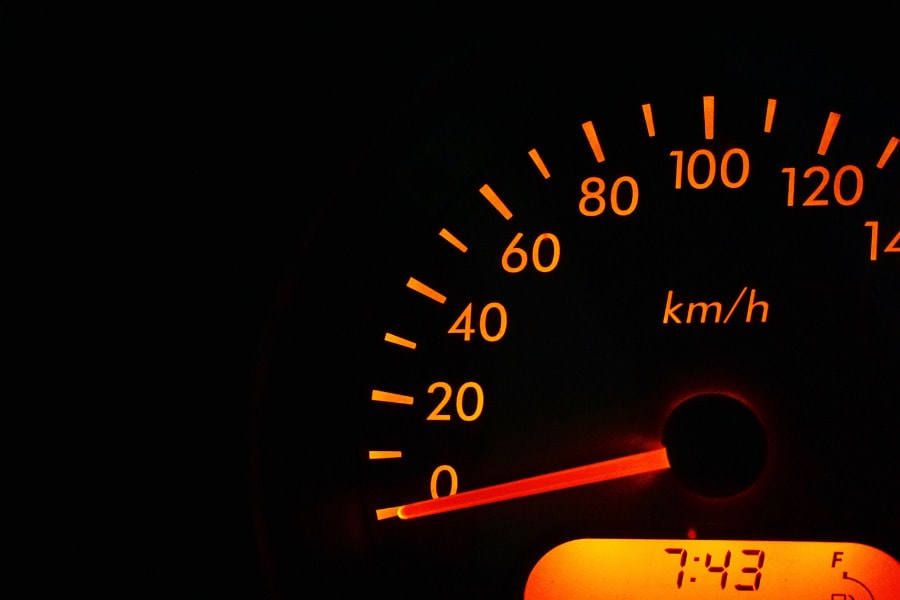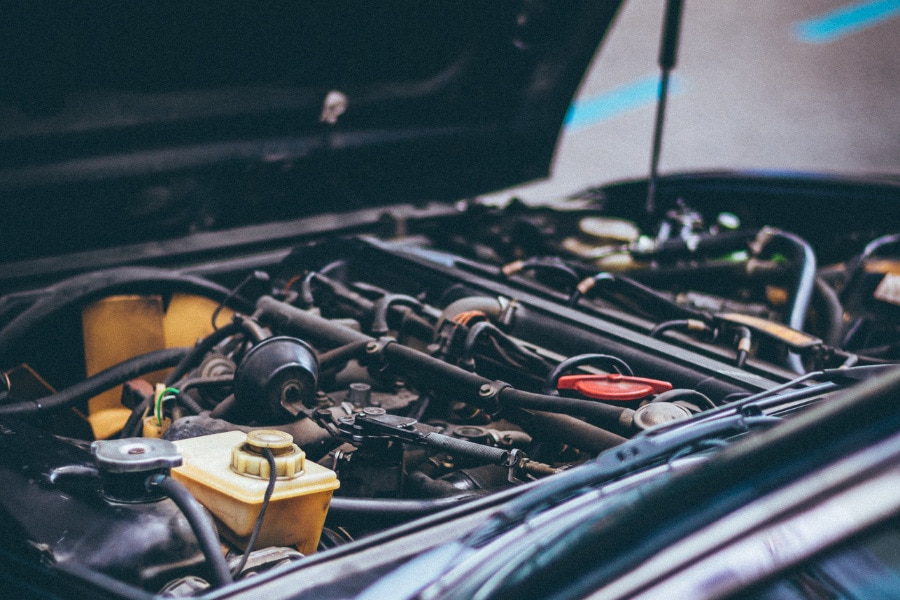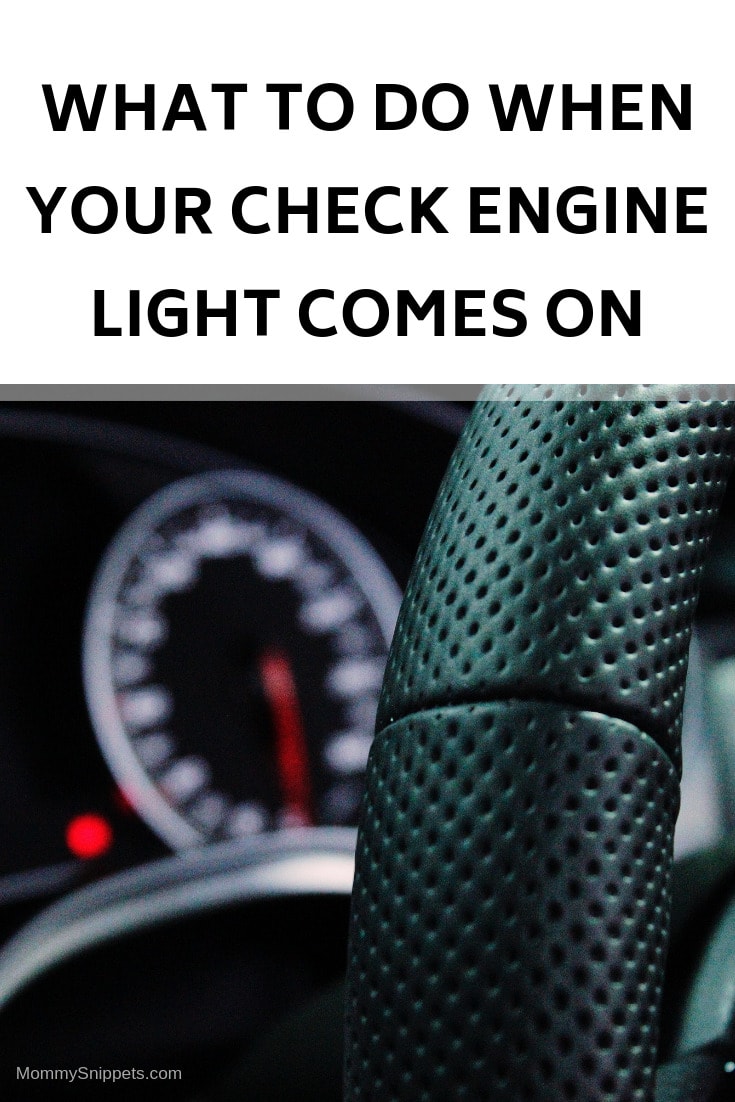What To Do When Your Check Engine Light Comes On
This post contains editorial samples and/or affiliate links to products I recommend. While this adds no additional cost to you, I will earn a small commission on any sales made.
There you are, driving around on a beautiful day enjoying the weather when something catches your eye-a light on your dashboard has appeared, seemingly out of nowhere, advising you to check your engine. Before you begin panicking and convince yourself that your car has suddenly become the victim of some major mechanical issue, it’s important you know and understand the different instances when your check engine light comes on and what it might mean!
What To Do When Your Check Engine Light Comes On
Solid vs. Flashing Check Engine Light
Did you realize there are multiple signals your engine’s light can give you?
The purpose of your check engine light is to alert you that something is going on with your car that needs to be addressed. While a solid light may be an indicator of something simple and easily corrected, a flashing check engine light lets you know that there’s a bigger issue. Whichever type of light you have, it’s important to not ignore them.
What may begin as a simple issue could turn into one that is much more severe (and costly) if not addressed in a timely manner.
Diagnosing The Issue
The first thing you should do when you notice the light come up, is to have it diagnosed.
You can do this by taking it to your local mechanic, or as a free service at most auto parts stores.
You can also purchase your own simple diagnostic machine for relatively cheap at most auto parts stores.
These machines plug into a connector that is usually located underneath the vehicle’s steering column.
The diagnostic machine will “speak” to your vehicle and work as a translator by providing you with a code that identifies what triggered the check engine light to come on.
Deciphering The Code
Once you’ve obtained a code from your diagnostic machine, you won’t just magically know what’s going on.
In fact, the code will most likely mean nothing to you. You’ll need a code reader to be able to decipher what exactly this code means.
If mechanics isn’t exactly your area of expertise, I suggest simply relaying this code to your mechanic in order to properly describe what’s going on with the vehicle.
Keep in mind that while some diagnostic tools are able to turn the code off, this does not mean that the problem is resolved.
You’ll need to be sure to address the issue, or your light will likely come back on soon.
Common Light Confusion
Be sure you are familiar with the difference between your vehicles check engine light and the service light.
Many people confuse the two lights, assuming they have a check engine light on when it is instead a service light.
Service lights simply alert you that it is time for routine maintenance such as oil changes.
While they too should be addressed promptly to keep your car running smoothly, the presence of a service light does not mean that your vehicle is malfunctioning.
As with any car maintenance, when in doubt, consult a professional.
You don’t want to be caught off guard when it comes to your car.
Don’t ever step out of your comfort zone to attempt to do anything that you are uncomfortable with or unequipped to handle.
I’d love to hear from you. Hop over to chat with me on Facebook and/or Twitter




